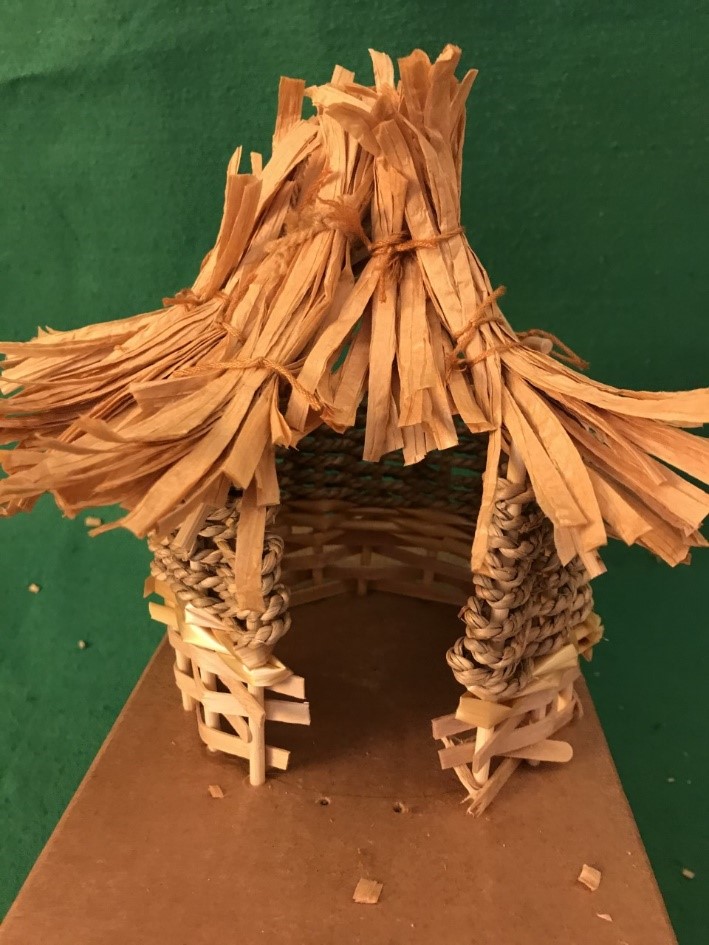The Iron Age: At home with the Celts

Bucks Back in Time Buckinghamshire has a number of Iron Age Hillforts along the line of the Chiltern Hills. Iron Age people lived on farmsteads or small settlements, keeping animals and growing crops. Sheep would be kept for wool as well as for meat. Weaving was important to the Celts and not only did they […]



